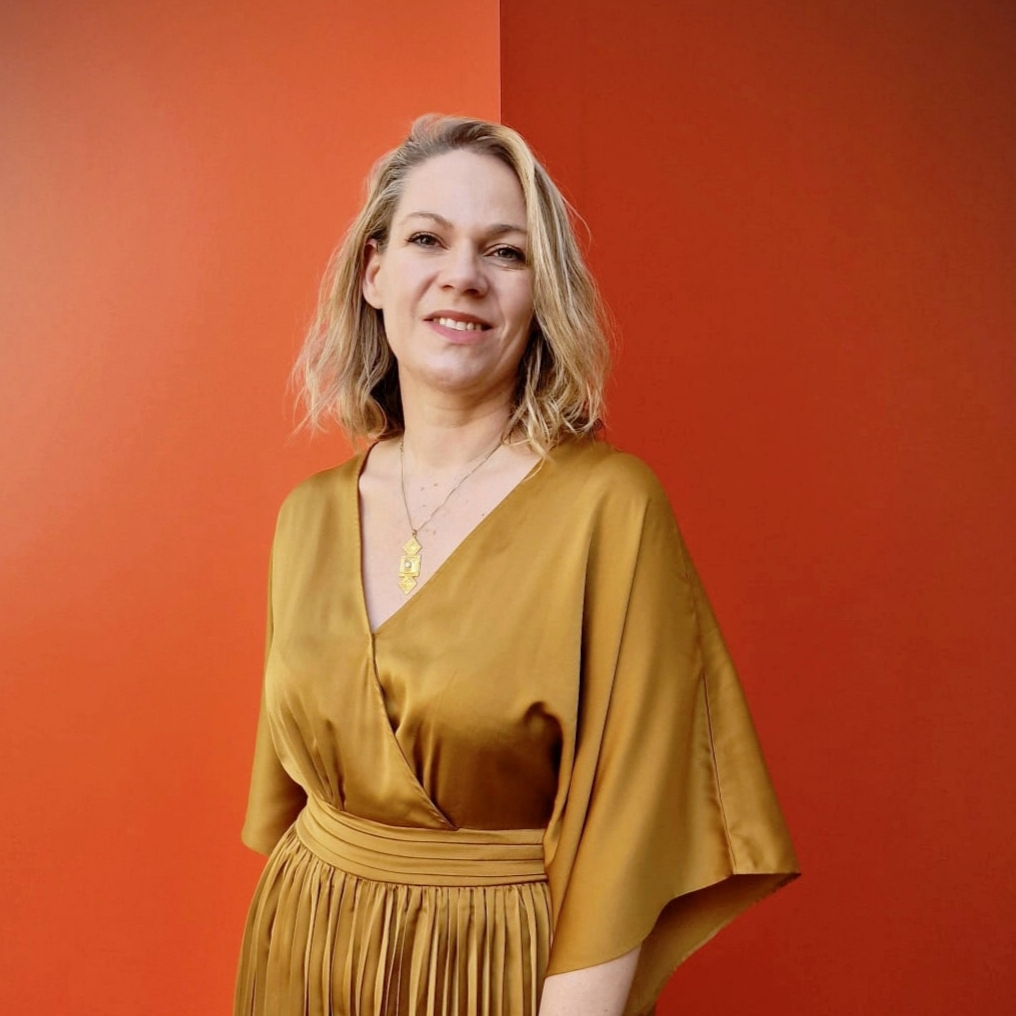Q: As “Discovery of the Year,” what does this recognition represent for you and how does it shape your artistic trajectory?
Every year, I set myself goals. For 2025, the plan was to win an award and start exhibiting outside of France. Thanks to the IPA, I’ve achieved both!
I’m incredibly happy (and honestly quite surprised) to have won such a prestigious prize. This kind of recognition will really help me build confidence, because like many artists, I often struggle with feeling legitimate, especially since I don’t have professional status or a formal art education.
I hope this award will lead to meaningful human connections, help expand my reputation, and maybe even mark the beginning of a collaboration with a gallery.
Q: Your images have a profound, dreamlike texture. Can you walk us through the key technical choices you made to visually translate the concept of the unconscious?
How can one depict what isn’t real?
That’s actually a central question in this body of work. To approach it, I chose to rely on metaphor, poetry, and atmosphere as a way of suggesting rather than showing. The idea was to open up space for interpretation, allowing the viewer a great deal of freedom in how they engage with the images.
From a more technical perspective, I used blur, negative imagery, and a specific color treatment. The series is neither in color nor in black and white. I added a deep yellow filter to evoke a kind of in-between, an unreal world. Additionally, the use of golden embroidery on some of the photographs enhances the dreamlike quality, while also drawing attention to particular details.
Q: Were there any artists or thinkers who mostly influenced your approach to this topic?
There are many artists who inspire me in a general sense, but for this particular series, I would mention Tim Burton and his world, both dark, poetic, and mysterious. From a photographic perspective, Paul Cupido was a major influence for his minimalist poetry.
I had been carrying this series in my mind for quite some time (in fact, several of the photographs were taken a few years ago), but it was after seeing an exhibition of Paul Cupido’s work at the Fisheye Gallery in Arles in 2024 that something clicked—and that’s when the project truly came to life.
Q: What has been the most memorable or unexpected interpretation a viewer has shared with you about your work?
I don’t have a specific example in mind, but what surprises me most is seeing how each viewer has a very different reaction to this series—and yet, that reaction is often quite intense. Some people find it moving and poetic, while others perceive it as very dark, even unsettling.
For me, the most important thing is that it evokes some kind of emotion in the viewer. Because in my opinion, there’s nothing worse than an aesthetically pleasing photograph that leaves you completely indifferent.
Q: What is the one piece of advice you would give to an aspiring photographer who understands technique but is struggling to define a meaningful, personal focus for their work?
We all have our own unique universe, but it can be difficult to perceive it ourselves. Sometimes we’re simply not aware of it, or we’re influenced by the artists we admire and try to follow their path, one that might not actually be our own.
Getting feedback from a professional can really help. I would recommend taking part in masterclasses and presenting your work during portfolio reviews. These external perspectives can be invaluable in helping you refocus and reconnect with your true artistic direction.
Q: What advice would you give to someone who hesitates to submit to the International Photography Awards because they feel “not ready” or fear their work isn’t strong enough yet?
I would say that it’s important to put your work out there as much as possible, whether in competitions, portfolio reviews, or even small local exhibitions. Sharing your work is how you learn, grow, and gain confidence. No one ever feels completely “ready,” but every submission is a step forward. And who knows, you might even win!

